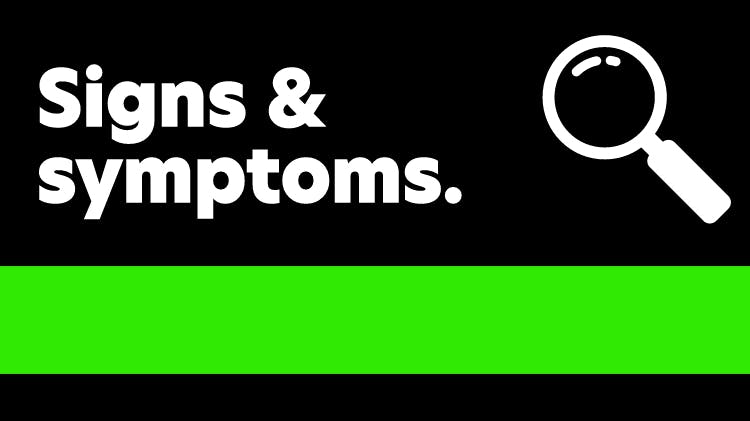Common Causes of Musculoskeletal Pain

Musculoskeletal pain can occur throughout the entirety of patients’ lives and can take on many different forms within this timeframe. From sudden, isolated injuries like fractures, sprains and strains to long-term diagnoses like chronic low back pain and osteoarthritis, there are over 150 conditions that affect the musculoskeletal system and can result in temporary or lifelong limitations in mobility.1
Because treating the root causes of patients’ pain can help to relieve their symptoms, it’s important for healthcare professionals to take the time to identify any underlying causes or conditions that could help to shape the development of more effective and personalized treatment plans for their patients.






